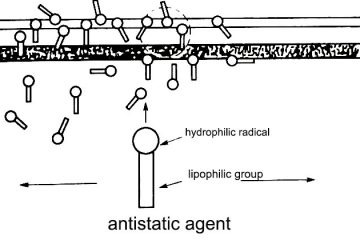Antistatic principle of rubber grommets
The antistatic agent is a substance which can reduce the surface resistance and volume resistance of the rubber grommets, moderately increase the conductivity, and prevent static electricity from accumulating on the grommets.
Its structural formula is R-Y-X, wherein R is a lipophilic group, X is a hydrophilic group, and Y is a linking group. The alkyl group above C12 is a typical oleophilic group, and the hydroxyl group, carboxyl group, sulfonic acid group and ether bond are typical hydrophilic groups. There is an appropriate balance between the lipophilic group and the hydrophilic group in the antistatic agent. The antistatic mechanism is that the lipophilic group is compatible with a polymer material such as rubber, and can adhere to the surface of the rubber grommets material (containing protons, formed by an impurity-containing water layer adsorbed on the surface of the grommets, and has a large viscosity). The hydrophilic group absorbs moisture from the air and provides protons to the water grease, as shown in the following figure.

The static electricity generated on the surface of the grommets is leaked through the leakage path provided by the water grease to achieve an antistatic effect.